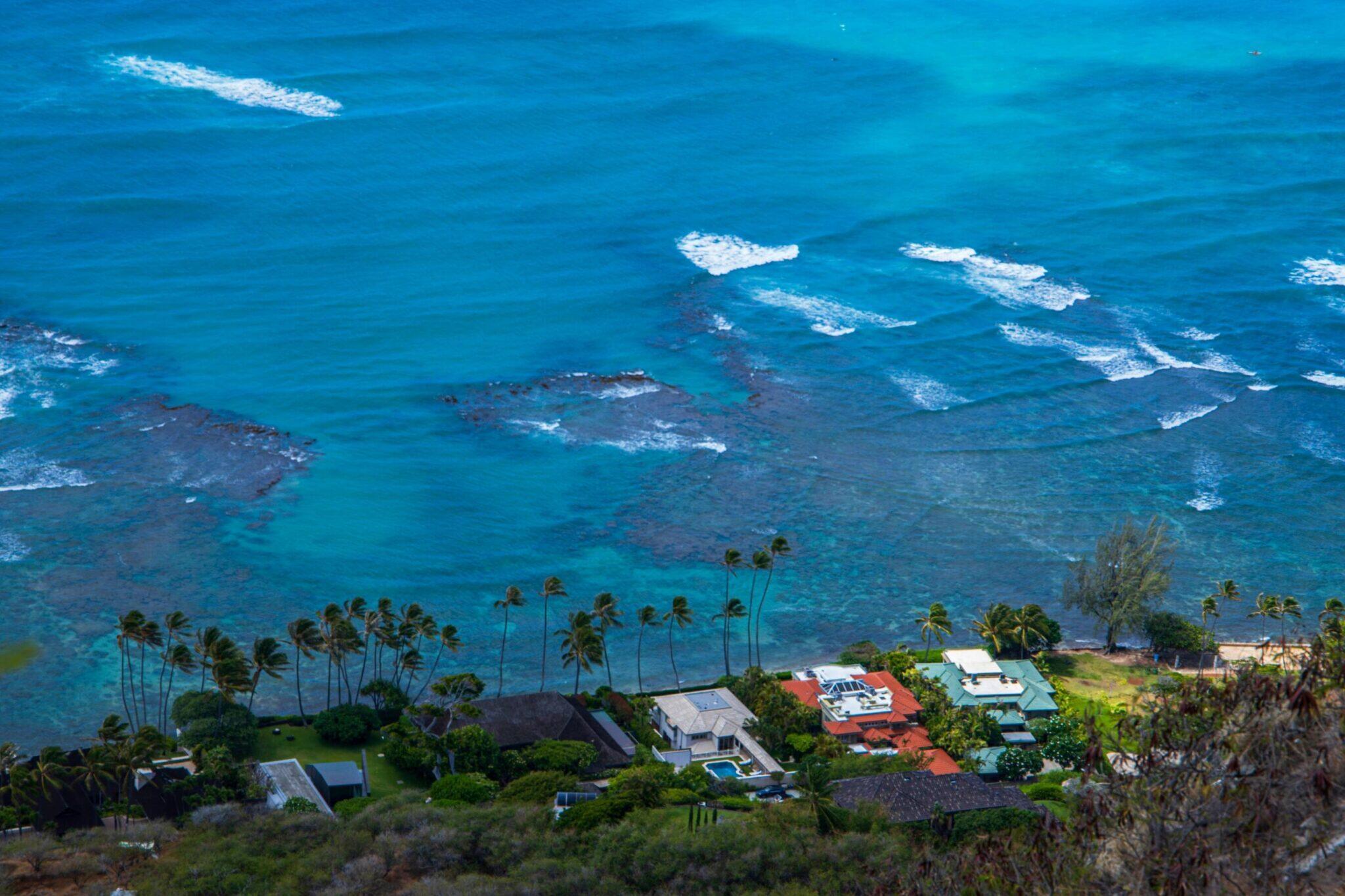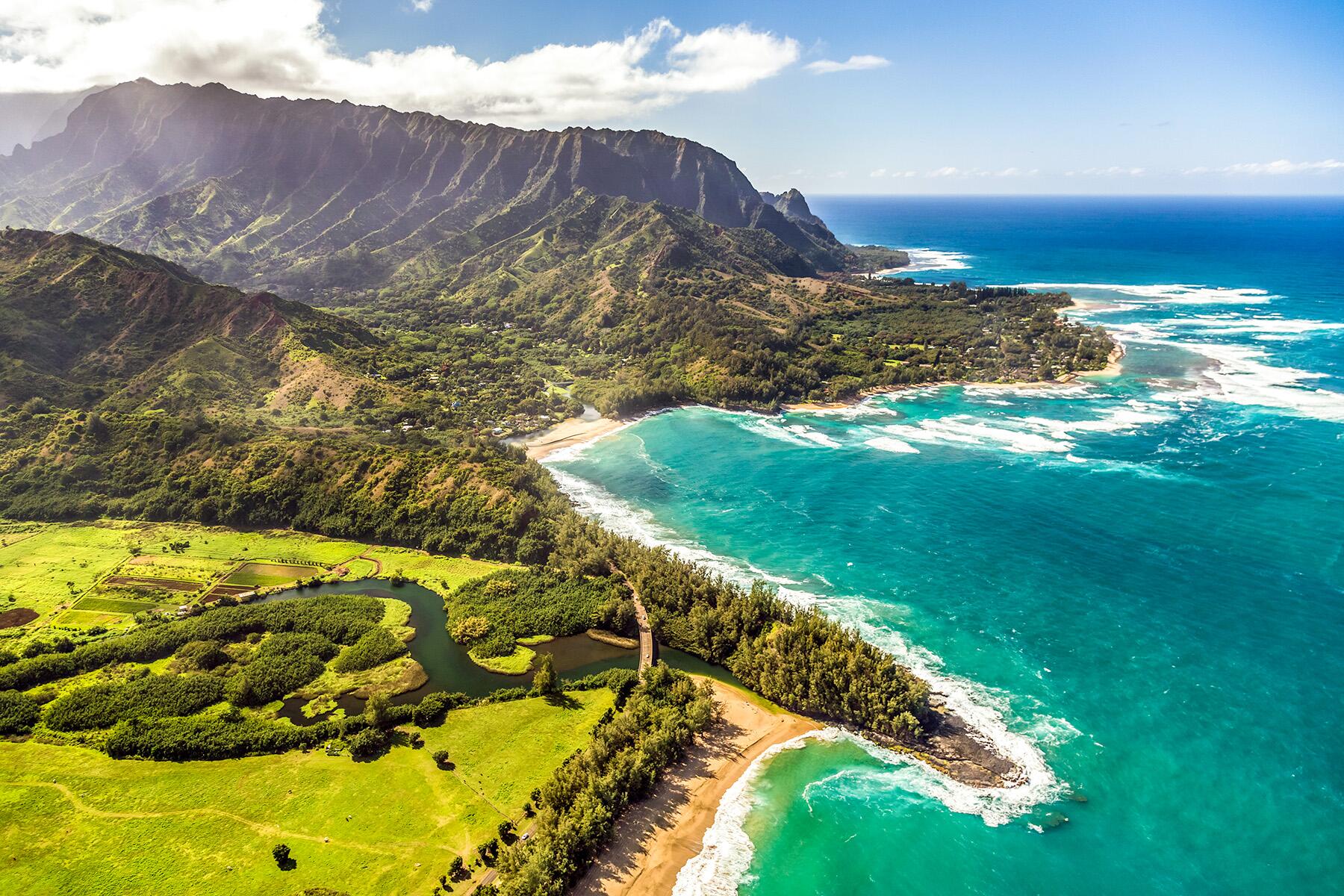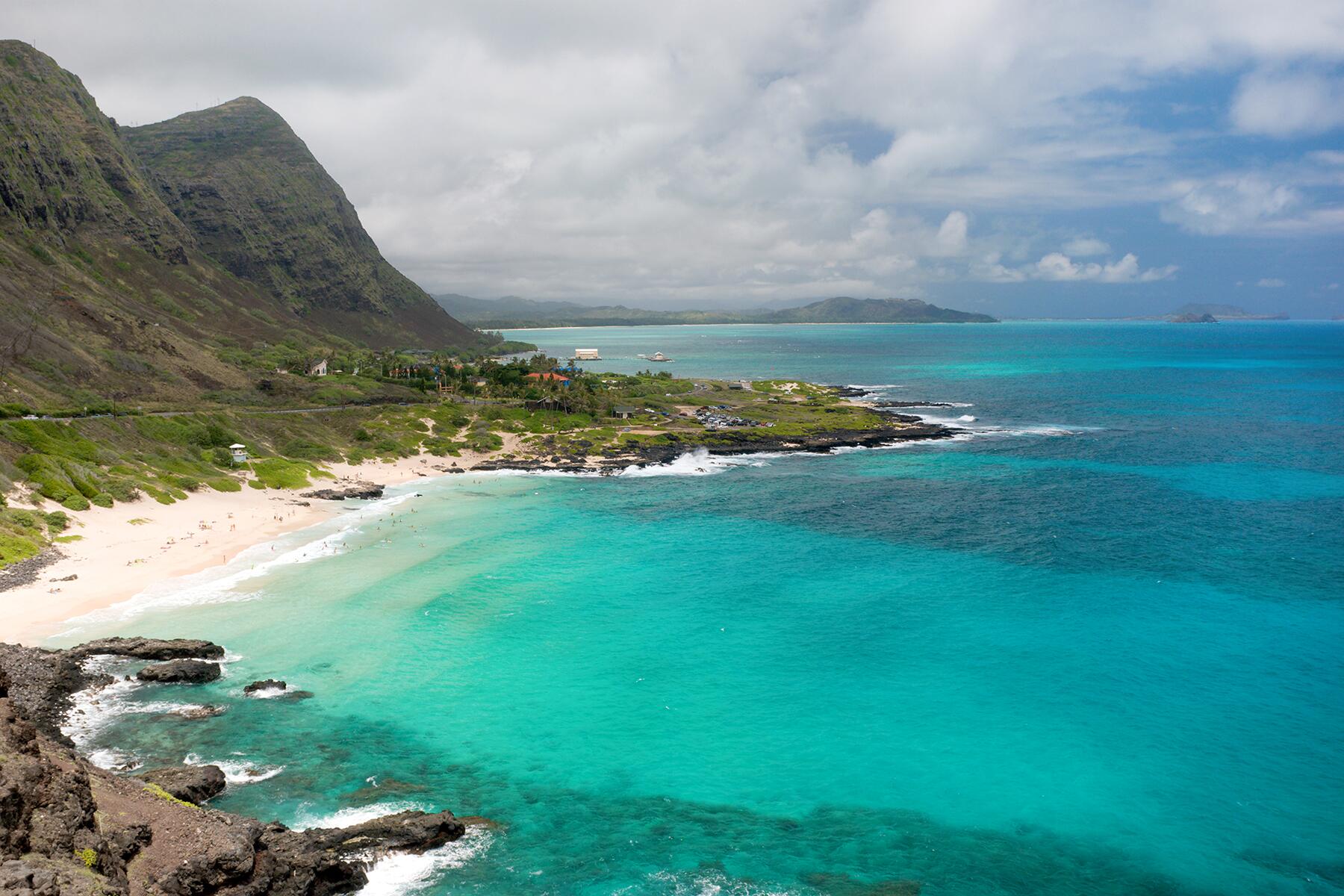Discover some of Hawaii’s most important historical landmarks on your next island vacation.
The Hawaiian Islands conjure up images of white-sand beaches, tropical sunsets, and laid-back vibes—but it has so much more to offer. The Hawaiian Islands have a rich and troubled history that’s definitely worth exploring. It’s a history that stretches back to AD 400 with the arrival of the first Polynesian voyagers to the ruthless 1893 overthrow of the Hawaiian Kingdom to becoming part of the United States in 1959. As a visitor, one way to show respect to the Hawaiian people and their culture is to try and understand how past events have shaped the present; and to consider our own roles in this narrative. Check out these 11 historical sights next time you make it to the Aloha State.
INSIDER TIPWhile tourists still refer to Hawaii Island as “Big Island,” Hawaiians continue to push for the use of its official name, the Island of Hawaii/Hawaii Island. (We use “Big Island” as means to simplify readers’ searches, but hope to expose our audience to the importance and cultural significance of the Ōlelo Hawai‘i language and the official island names.)






